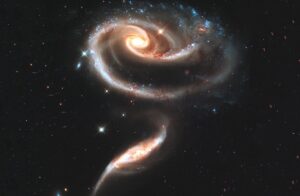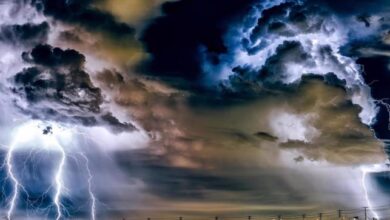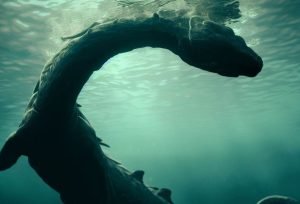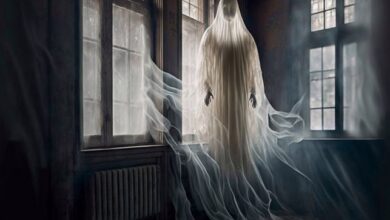Webb telescope spots super massive galaxies that shouldn’t exist

 In a new study, an international team of astrophysicists has discovered several mysterious objects hiding in images from the James Webb Space Telescope: six potential galaxies that emerged so early in the universe’s history and are so massive they should not be possible under current cosmological theory, reports colorado.edu.
In a new study, an international team of astrophysicists has discovered several mysterious objects hiding in images from the James Webb Space Telescope: six potential galaxies that emerged so early in the universe’s history and are so massive they should not be possible under current cosmological theory, reports colorado.edu.
Each of the candidate galaxies may have existed at the dawn of the universe roughly 500 to 700 million years after the Big Bang, or more than 13 billion years ago. They’re also gigantic, containing almost as many stars as the modern-day Milky Way Galaxy.
“It’s bananas,” said Erica Nelson, co-author of the new research and assistant professor of astrophysics at CU Boulder. “You just don’t expect the early universe to be able to organize itself that quickly. These galaxies should not have had time to form.”
Nelson and her colleagues, including first author Ivo Labbé of the Swinburne University of Technology in Australia, published their results Feb. 22 in the journal Nature.
The latest finds aren’t the earliest galaxies observed by James Webb, which launched in December 2021 and is the most powerful telescope ever sent into space. Last year, another team of scientists spotted several galaxies that likely coalesced from gas around 350 million years after the Big Bang. Those objects, however, were downright shrimpy compared to the new galaxies, containing many times less mass from stars.

The researchers still need more data to confirm that these galaxies are as large, and date as far back in time, as they appear. Their preliminary observations, however, offer a tantalizing taste of how James Webb could rewrite astronomy textbooks.
“Another possibility is that these things are a different kind of weird object, such as faint quasars, which would be just as interesting,” she said.
There’s a lot of excitement going around: In 2022, Nelson and her colleagues, who hail from the United States, Australia, Denmark and Spain, formed an ad hoc team to investigate the data James Webb was sending back to Earth.
Their recent findings stem from the telescope’s Cosmic Evolution Early Release Science (CEERS) Survey. These images look deep into a patch of sky close to the Big Dipper—a relatively boring, at least at first glance, region of space that the Hubble Space Telescope first observed in the 1990s.
Nelson was peering at a postage stamp-sized section of one image when she spotted something strange: a few “fuzzy dots” of light that looked way too bright to be real.
“They were so red and so bright,” Nelson said. “We weren’t expecting to see them.”

She explained that in astronomy, red light usually equals old light. The universe, Nelson said, has been expanding since the dawn of time. As it expands, galaxies and other celestial objects move farther apart, and the light they emit stretches out—think of it like the cosmic equivalent of saltwater taffy. The more the light stretches, the redder it looks to human instruments. (Light from objects coming closer to Earth, in contrast, looks bluer).
The team ran calculations and discovered that their old galaxies were also huge, harboring tens to hundreds of billions of sun-sized stars worth of mass, on par with the Milky Way.
These primordial galaxies, however, probably didn’t have much in common with our own.
“The Milky Way forms about one to two new stars every year,” Nelson said. “Some of these galaxies would have to be forming hundreds of new stars a year for the entire history of the universe.”
Nelson and her colleagues want to use James Webb to collect a lot more information about these mysterious objects, but they’ve seen enough already to pique their curiosity. For a start, calculations suggest there shouldn’t have been enough normal matter—the kind that makes up planets and human bodies—at that time to form so many stars so quickly.
“If even one of these galaxies is real, it will push against the limits of our understanding of cosmology,” Nelson said.
Hey explorer! Every article you read on Anomalien is made possible thanks to the generous donations of our supporters. If you want to help us continue our work, we invite you to make a donation. Make 👽 happy!Follow us on Instagram, Twitter and Telegram for interesting and mysterious bonus content!




